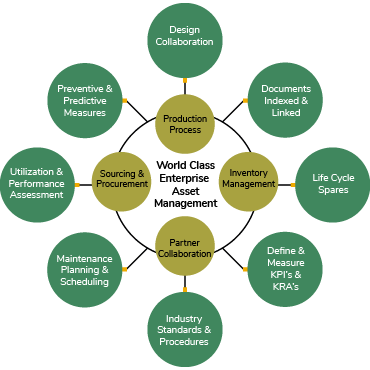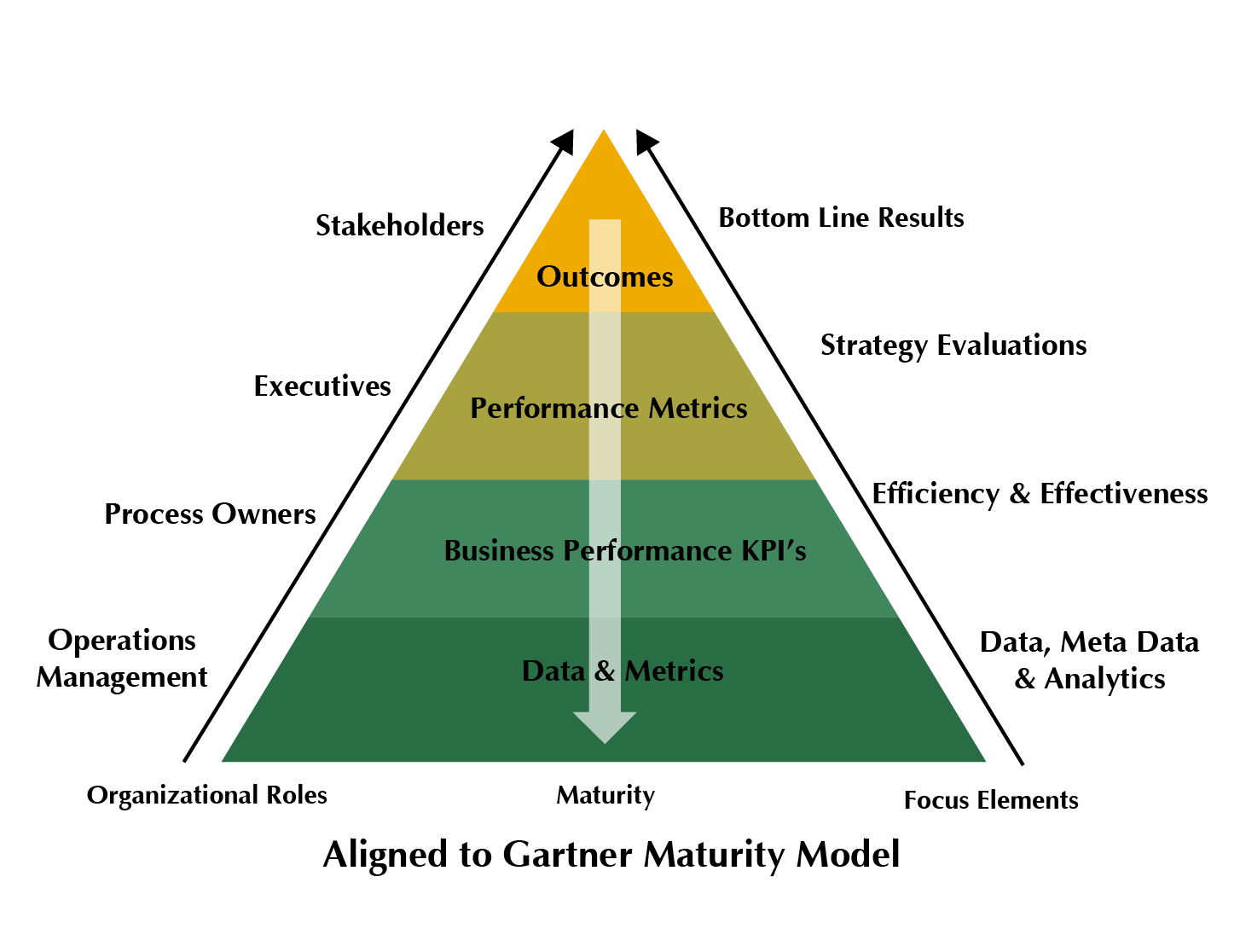It is a resource with economic value that a country, corporation or an individual controls or owns by expecting current economic or future benefits.Assets are listed on a company's balance sheets. They are purchased or created to increase the value of a firm or benefit its operations.A asset is anything that can in the future generate cash flow, decrease expenses or increase sales. It doesn't matter if it's equipment manufacturing or patents.
Asset life cycle describes the sequence of steps involved in managing assets.It begins with the identification of the asset's need and continues through its use and eventual disposal. Asset life cycle management can increase asset lifespan, lower maintenance costs, and make assets more reliable and less likely to fail.
Reduction in overall downtime
Machine downtime is inevitable, regardless of whether you rely on preventive or reactive maintenance.It is possible to reduce downtime by scheduling preventive maintenance ahead of time. Reactive maintenance repairs can cause the machine to go down longer due to waiting times for specialized mechanics and shipping delays. Preventive maintenance can be scheduled at a time that is convenient for you and your facility. This will minimize disruptions to production and efficiency. For maintenance, both static installations and running machinery need to be completely or partially shut down.Preventive maintenance is usually quicker and more efficient than other types of maintenance.Modern running systems such as electrical equipment and production lines have performance management sensors that identify problem areas.These problems can be identified and fixed instead of the whole system being shut down. Preventive maintenance can help reduce downtime by reducing the need for compensatory machinery. It also allows the company to achieve its production goals without requiring any technical input.
Equipment life extension
A preventive maintenance program will maximize the system's usefulness and save you money by delaying unnecessary maintenance or replacing equipment. Preventive maintenance ensures that your equipment and system are in optimal condition. The daily wear and tear on machines can have a profound impact on their efficiency. Conserving your assets will lower utility consumption and reduce operating costs. Preventive maintenance programs and plans will extend the equipment's life expectancy. This will reduce operating costs.
Lower risk of breakdowns
About 15% of industrial equipment never fails due to improper use. 85% of mechanical failures can be avoided by having a preventative maintenance program. Facilities leaders can have peace of mind by scheduling preventative maintenance in advance to reduce the chance of equipment failure.
Increase efficiency
Preventative maintenance ensures that equipment is in top condition and increases efficiency. Efficiency increases productivity, which in turn will increase productivity. It also makes it possible to reduce power costs.
Promote safety and health
A preventive maintenance program/plan is an essential benefit. It reduces the risks of injury and lawsuits for customers and employees. Preventive maintenance can help to prevent accidents or damage in your facility.
We have fewer emergency situations
Companies with high-value production equipment need to be prepared for work orders. These companies have a safety net against these issues and additional protection against resource wastage through regular preventive maintenance. Regular preventive maintenance has many benefits. It reduces the need to purchase emergency equipment or parts. There are fewer reactive maintenance steps to take. Reductions in repair and replacement management processes due to regular observation.
You can save money
Not only will emergency reactive maintenance cost extra, but also compensation for skilled technicians and lost sales revenue, or productivity, while the equipment is not in use. Failing to properly implement preventive maintenance could lead to equipment replacements, which can cause costs to skyrocket. If your facility has a limited budget, the upfront cost of preventive maintenance can seem daunting. Maintaining your equipment is an investment in the future of your company.
This describes the strategy for repairing equipment/assets only after it has failed or been used to its limit.
Preventive maintenance (PM) is the routine and regular maintenance of equipment and assets. This helps to keep them running smoothly and prevents any unplanned downtime or unexpected equipment failures. Planning and scheduling maintenance in advance is key to a successful maintenance strategy.
Predictive maintenance is the use of data-driven, proactive maintenance methods to analyze equipment and predict when maintenance should occur.
Your equipment won't perform well if it isn't in good condition.Equipment that isn't well maintained can lead to product failures at higher rates. More waste means less viable products, which further drives up unnecessary expenses.
Equipment maintenance is important to minimize downtime and increase productivity. Failure to maintain equipment properly can lead to equipment breaking down or being damaged, which can cause production losses.
Staff/employees can be exposed to serious safety risks if equipment is not maintained properly. Equipment that works exactly as intended is the most secure. You can avoid potential safety hazards by ensuring that the equipment is in perfect working order.
Avoiding equipment maintenance can also lead to unnecessary expenses. Regular maintenance can prevent major breakdowns. You will save money on major repairs
This software can be used to simplify maintenance tasks and organize all aspects of the maintenance process from one place. This software allows you to schedule maintenance using a digital calendar. It automatically assigns technicians, sends reminders, and alerts you, and notifies of any materials.
Our users are heroes. Every step of their transformation is worth celebrating. PiLog has more than 100+ customers in various industries. PiLog is helping to promote their business outcomes during COVID-19. Business is focusing on innovative ways to execute operations, maintenance and warehousing as well as transportation. All of this while adhering to the norms, guidelines, and directives dynamically established by regulatory authorities. The new trends will drive more automation, ML, and AI-based O&M, etc. It's imperative to have accurate and current information about Asset Master and Meta Data, Predictive Analytics, and to make a good investment.
ASI Maintenance Maturity Model Assessment
Asset Criticality Assessment
Assessment and Management Data Objects
Strategy and SOPS - Asset Management
Maintenance Planning
Allied Process Optimization - Sourcing, Procurement, Inventory and Partner Collaboration. Production
Continuous Monitoring, Reporting and Control.

MMM = cost of maintenance, MRO inventory and asset availability and performance. Skill availability, Governance and Compliance
PiLog Maintenance Strategy Framework, (MSF), to enable Equipment Criticality and Failure Data, Risk Assessment, Maintenance Strategy, and other related functions. To enable Reliability-Centered Maintenance.

Refinement and Formulation of Maintenance Strategy, Plans, and Frequency.
Refinement and Formulation of Maintenance Tasks - Predictive, Planned Maintenance, Condition-Based Monitoring
Continuous revival and review Maintenance Strategies with predictive analysis of maintenance history, design and supply chain collaboration.
Reliability-Centered Maintenance (RCM), driving asset performances

Continuous Monitoring, Reporting and Control. Visit us at Email: info@piloggroup.org
- Afsar Hussain, PiLog Group, KSA